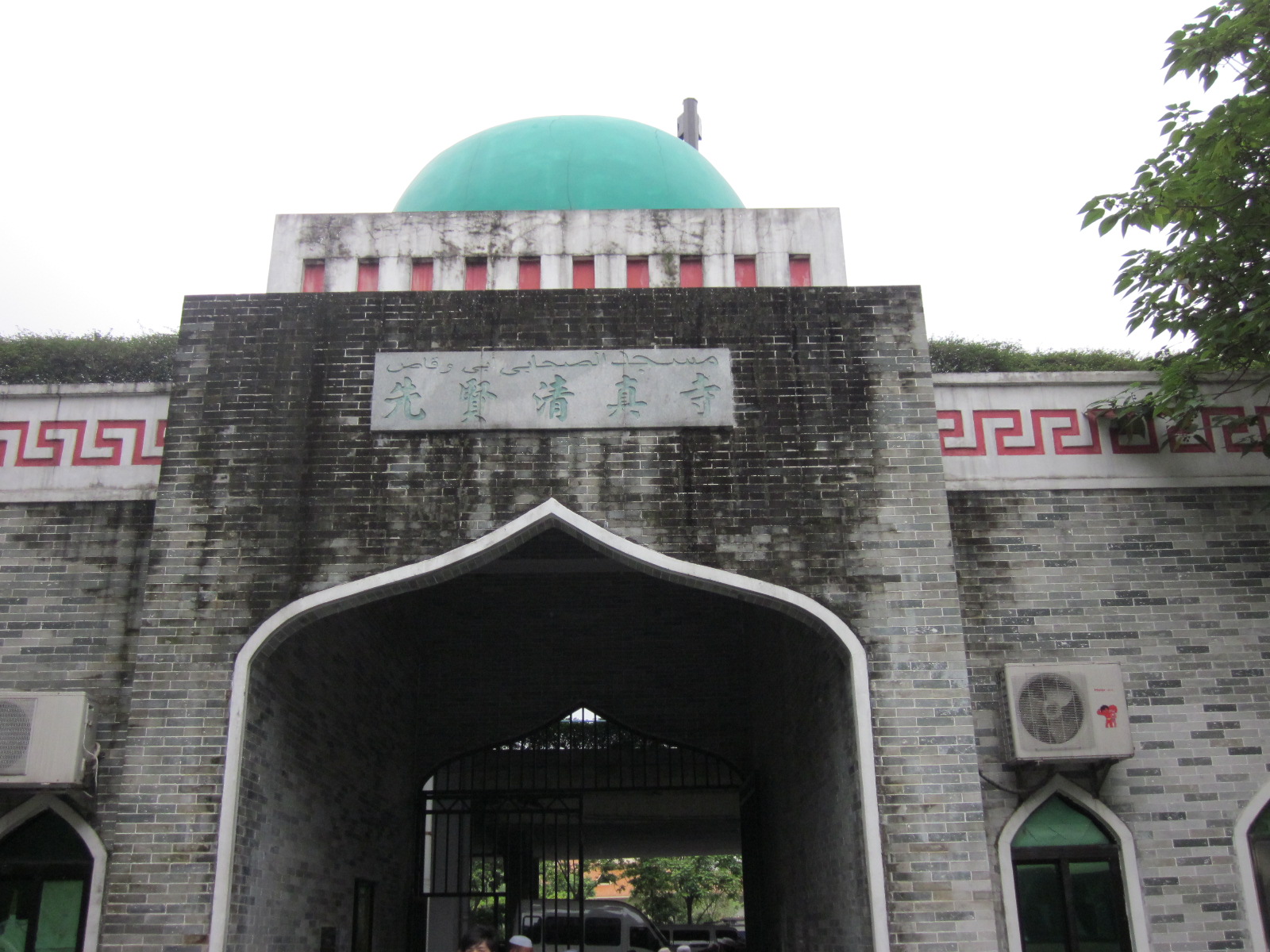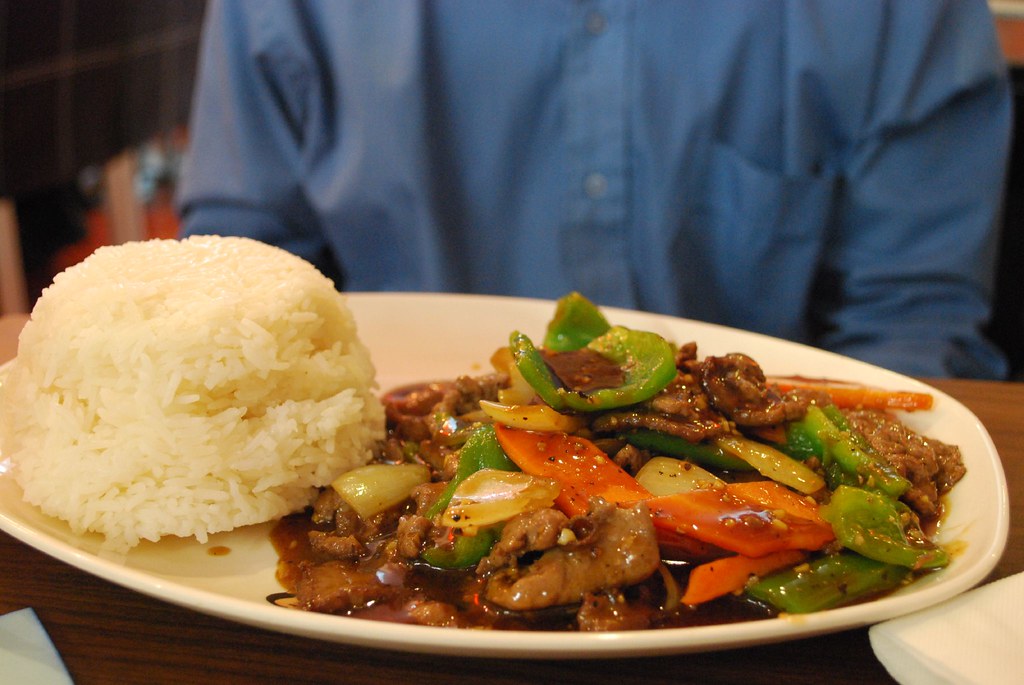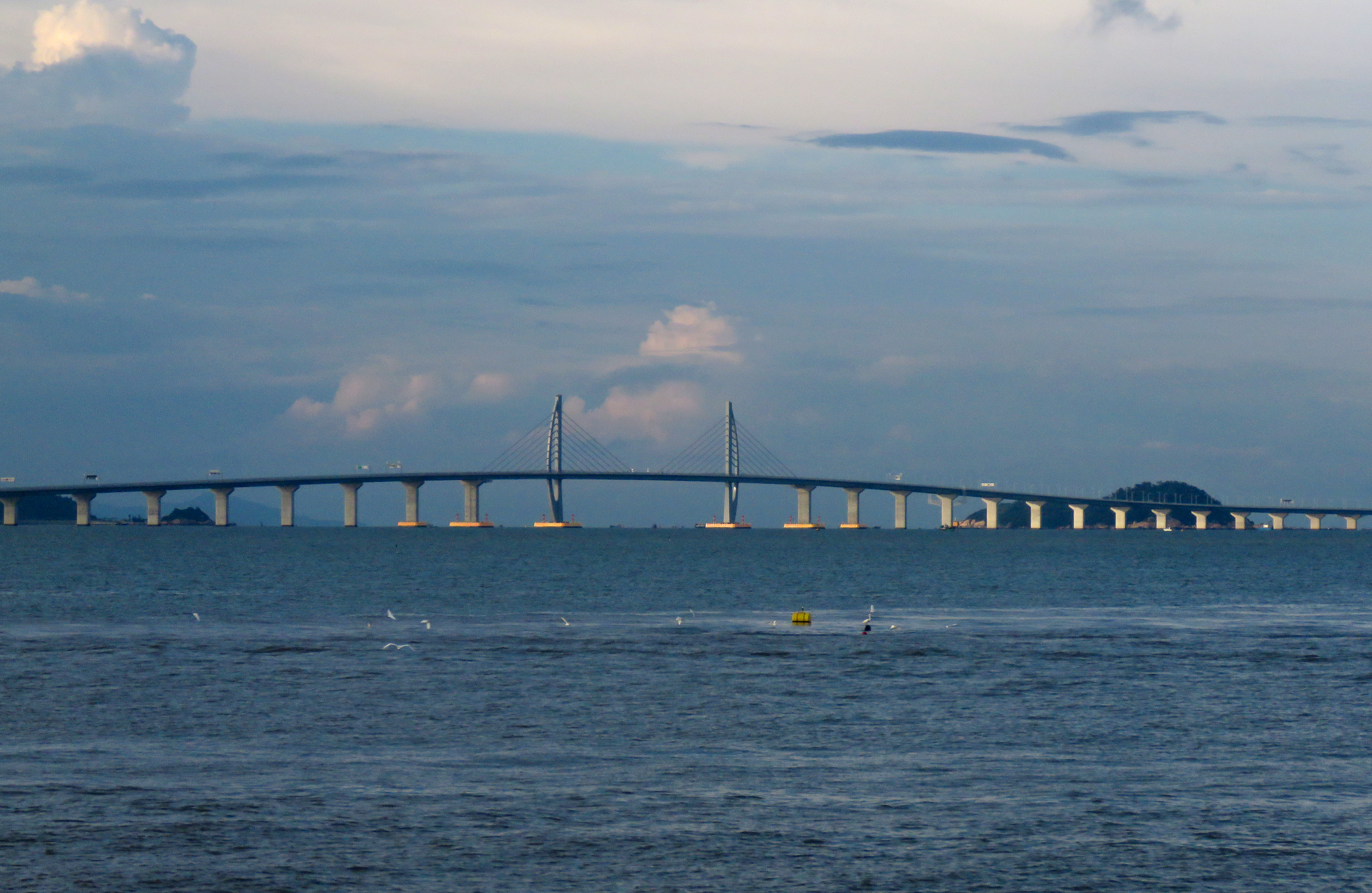China's Anti-Traditional Frontier
Introduction
Located at the southern coastal periphery of China, Lingnan (嶺南) is home to a regional culture which differs significantly from the mainstream Chinese culture originated in Zhongyuan (中原, literally ‘Central Plains’). Contrary to the conventional view of China as a closed nation built on agriculture, Lingnan culture has attached great importance on commerce and maintained a relatively open attitude towards foreign cultures.
Why is Lingnan culture so ‘anti-traditional’ (Liu, 1997)? How is its distinctiveness related to Lingnan's context?
Lingnan: Shielded by Mountains, Facing the Seas
Lingnan encompasses the territories of today’s Guangdong (廣東), Guangxi (廣西) and Hainan (海南) provinces. However, the notion of Lingnan culture is often used to refer specifically to its variant in Guangdong, the region’s most prosperous and influential member in political-economic terms. Our discussion of Lingnan culture here follows this specific definition.
Lingnan is separated from its northern neighbours by Nanling mountains (南嶺). In fact, Lingnan in Chinese means the region south of Nanling mountains. Before railways were available, one had to spend as much as three months to travel from Zhongyuan to Lingnan. Nanling mountains did not completely sever economic, demographic and cultural flows between Lingnan and other parts of mainland China. However, they did limit the extent of assimilation of Lingnan by the mainstream Chinese culture.
Meanwhile, Lingnan’s coastal location encouraged economic and cultural exchange between the region with the broader world. Facing the Pacific Ocean, Lingnan was the starting point of the Maritime Silk Road (海上絲綢之路). Flourished for over 1,500 years between Han and Ming dynasties, the Maritime Silk Road was an important maritime trade route connecting China and coastal states across Asia and Africa. Silk was exported from Lingnan through the Maritime Silk Road, in exchange for gems, ivories, spices, medicines and crafts.

Xianxian Mosque in Guangzhou, first built in Tang dynasty (Photo by Huangdan2060 / CC BY 3.0)
Traces of Lingnan culture 1: Lingnan Cuisine
The diversity of ingredients and cooking methods of Lingnan cuisine reflects the openness and internal variedness of Lingnan culture, which in turn is linked to the geographical advantages of Lingnan. Firstly, the richness in ingredients is one of the significant characteristics of Lingnan cuisine. It can be attributed to the abundant natural resources in Lingnan. Having a moderate climate, together with plentiful rainfall and sunshine, Lingnan is a place conducive to agriculture and farming. Not to mention the neighboring Pacific Ocean which provides Lingnan with abundant and diverse marine products. The diverse range of ingredients appears as a robust foundation of Lingnan’s food culture.
Moreover, Lingnan cuisine has long been influenced by foreign cultures. It is famous for being innovative, combining traditional Chinese and western culinary tradtions. Taking modern Cantonese cuisine (新派粵菜) as an example, it incorporates numerous western seasoning into traditional Cantonese cuisine, such as black pepper sauce and the British ‘OK’ sauce (a brown sauce which, interesingly, is no longer produced for the British market, but only sold overseas).

Black Pepper Beef Stir Fry: A Lingnan cuisine with western condiment (Photo by avlxyz / CC BY-SA 2.0)
Trace of Lingnan culture 2: Profit-seeking mentality/ Lindingyang bridge
Guangdong was the frontier and experimental field in Chinese economic reform (i.e. introducing market principles) (改革開放). Under the reform, Shenzhen, Zhuhai and Shantou were made three of the four earliest Special Economic Zones (SEZ) of China in 1979. Moreover, in 1984, Guangzhou (廣州) and Zhanjiang (湛江) became two of the first 14 coastal cities opened by the Chinese government to overseas investment.
The case of Chinese economic reform, in fact, reinforced the culture of Lingnan. Not only its openness to the Pacific Ocean but also its long-standing ‘profit-seeking’ mentality made Lingnan a desirable site to enact the economic reform. It is also important to note that, while complying the policies from central government, the major consideration of governments in Lingnan is their self-interest and their own prosperity.
Lindingyang bridge (伶仃洋大橋) was one of the outstanding traces of Lingnan culture. Since 1997, Zhuhai (珠海) government has started off the project of constructing Lindinyang bridge. However, though the first part of the project, known as Qi’ao Bridge, had received the permission from the central government, throughout the 1980s the planning work for Lingdingyang Bridge was done only by Zhuhai government. It was totally of the aspiration of the mayor of Zhuhai municipal, Liang Guangda (梁廣大). They even had not communicated with the Hong Kong government. The project was eventually forced to shut down after 3 years.
With further modifications, the proposal for a bridge to connects both sides of the PRD has evolved from Lingdingyang Bridge to today’s HK-Zhuhai-Macau Bridge.

Hong Kong-Zhuhai-Macao Bridge (Photo by N509FZ / CC BY-SA 4.0)
The case of Lindingyang Bridge reflected the mentality of Lingnan culture. As the Lingnan region is geographically remote from central China, the central government always finds it difficult to govern it. Lingnan in turns enjoys great autonomy. As a result, they are used to loosely conforming to the central government and acting without permission. The case of Lindingyang Bridge was one of the traces manifesting the ‘act first, report later’ (先斬後奏) mentality rooted in Lingnan culture.
Conclusion
Geography always shapes cultures. By examining the geographical context of the Lingnan region, we can find the origin of its culture. The formation of the major characteristics of Lingnan culture could be attributed to its geographical isolation from central China. As a result of being separated, Lingnan culture became distinctive to traditional Chinese culture. In turn, it attached great importance to profit-seeking and incorporating different cultures. Today, one could still easily find the traces demonstrating these elements. The cases of Lindingyang Bridge and their roles in Chinese economic reform were the good examples manifesting their mentality and culture. While they were obligated to comply with the policies from central government, the own prosperity was their major concerns.
Today, Lingnan culture has become an influential cultural force in various international communities, and is the integral part of the culture of Hong Kong and Macau. It is because of the migration of the Cantonese people to Hong Kong and Macau, and in many oversea communities. On the other hand, due to its geographical context, Lingnan culture has absorbed different foreign cultures.
Reference
刘益. (1997). 岭南文化的特点及其形成的地理因素. 人文地理, 1, 46.
(2008,1月19日)。粤菜的前世今生。中國華文教育網。擷取自: http://www.hwjyw.com/zhwh/qywh/lnwh/yswh/200801/t20080119_10829.shtml
(2006,12月15日)。岭南饮食文化概述。中国经济网。擷取自:http://www.ce.cn/celt/ltzt/2006gdx/szgd/200612/15/t20061215_9774244.shtml
(2011,6月1日)。岭南地区的饮食文化——以广州饮食为例。新浪博客。擷取自:http://blog.sina.com.cn/s/blog_6c1c658e0100rsp0.html


